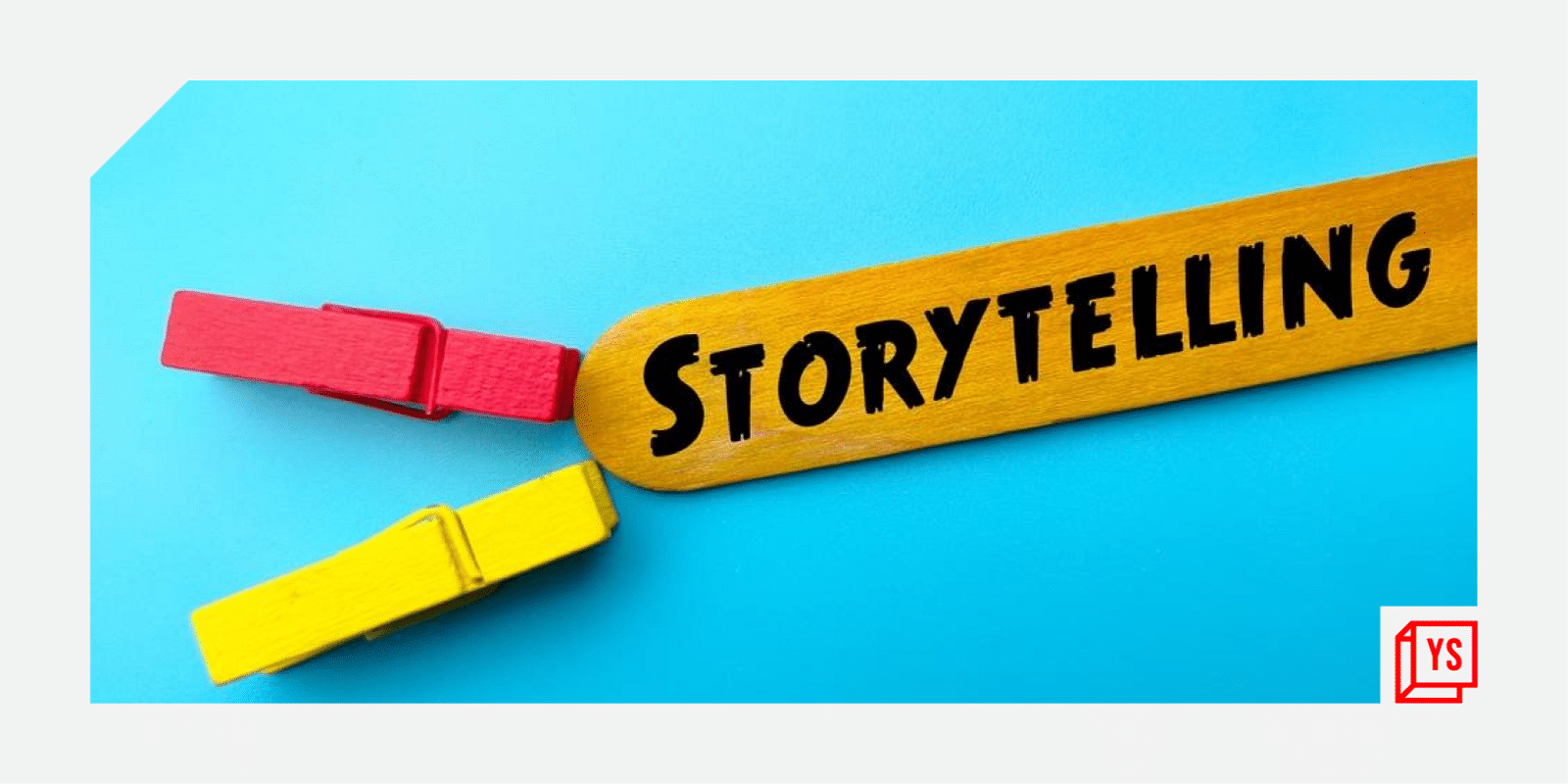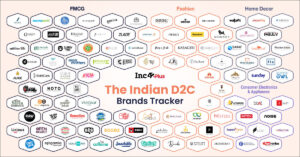Telling a story entails narrating it truthfully and attentively. It is about asking daring questions and responding without fear. Storytelling isn’t just about fairytales and fables, it is also about being genuine with the people you care about because time is the most valuable commodity we have right now.
Compared to previous generations who grew up with novels, broadcast television, and feature films, younger generation today are more well versed with video games, comics, and graphic novels, as well as the fragmented narratives of social media that are tuned to radically different means of communication.
The concept of storytelling is timeless because there was, and will always be a need to convey what we are experiencing, what we are sharing, and what ideas/values we are promoting that are vital to us. In fact, storytelling in present times is not just restricted to individuals, but has also overflown to the corporates.
Brands today are increasingly establishing a narrative to create relatability with the end consumers. Needless to say, the internet allows us to be better ambassadors and speakers for ourselves.
We are at the commencement of a new era in storytelling because of the rapid growth of digital reality. Due to its unique capacity to integrate the roles of the listener and the storyteller, digital reality —augmented, virtual, and mixed reality, as well as 360-degree videos — is breaking our knowledge of storytelling wide open through increasingly immersive and self-directed experiences.
As a result, emotional responses have been demonstrated to be far more potent than any other storytelling medium that was previously used.
Digital storytelling is simply the process of conveying a tale leveraging digital media, such as photos, audio, video, and interaction, in addition to the traditional text or narrative. Cultural heritage institutions use it extensively to attract, engage, and inspire audiences.
From this perspective, stories about cultural heritage are particularly powerful because, by connecting the audience to historical individuals and events, they frequently trigger our memories, feelings, and experiences, eliciting empathy and encouraging the desired recurring engagement.
The present COVID-19 pandemic has prompted cultural heritage organisations to make their collections and tales available online in a variety of formats, media, and platforms, aimed at different audiences.
According to a poll conducted by the Network of European Museum Organisations (NEMO), almost 60 percent of museums in Europe boosted their online presence during the lockdown through digital storytelling channels.
Blogging/article writing is a powerful tool for personal branding and product promotion. COVID-19 provided us with the ability to embrace change. Let’s explore some of the digital mediums through which storytelling is taken forward to the next generation of audiences.
Podcasts
Podcasts are an emerging medium to tell powerful stories. In today’s world, podcast content is all about relatability and convenience. Since it is a fast-growing medium, there is something for everyone such as daily news, literature, facts, and so on.
Data storytelling
Another novel technique of disseminating information is through data storytelling. Data storytelling combines data and communication, allowing you to communicate with people by attempting to grasp what you are trying to say and inferring information from your data.
It’s vital to communicate using data and visualisations in today’s data-driven environment. The COVID-19 situation increased the amount of data and visualizations we are exposed to on a regular basis.
Social media
Social media is interesting in that it creates its own distinct sort of media dependence on the platform (Twitter threads, Instagram stories, etc.) and also serves as a means of readily sharing all types of media such as infographics, animations, blogs, etc.
Storytelling apps
These apps allow users to read, write, and share stories on different genres. It can be for various audiences. These apps have a vast community that allows readers and writers to connect. The reader can save the books or the article to their list and follow the writer to get the notification when they publish anything. These apps are garnering accolades and are emerging as the new digital storytelling form.
Bottom line
A new golden age of storytelling has arrived, thanks to a slew of new apps and websites driven by technology. Just like the emergence of popular binge-watching OTT platforms, there are various storytelling platforms across categories such as art, history, culture, beauty, or fitness, among others, that are emerging as the latest interest.
These platforms are expected to redefine storytelling for the new-age audience who are always looking for more. As audiences and creators co-write a new human narrative, these new forms can be never-ending in their flow and intensely collaborative.
Further, the new age storytelling is leading to the rise of creators who create engaging and informational content for their audiences, and are leveraged by brands to tell their stories in a credible manner. With the growth of such influencers and micro-influencers, there is an increased impetus to creator economy in India.
(Disclaimer: The views and opinions expressed in this article are those of the author and do not necessarily reflect the views of YS.)










